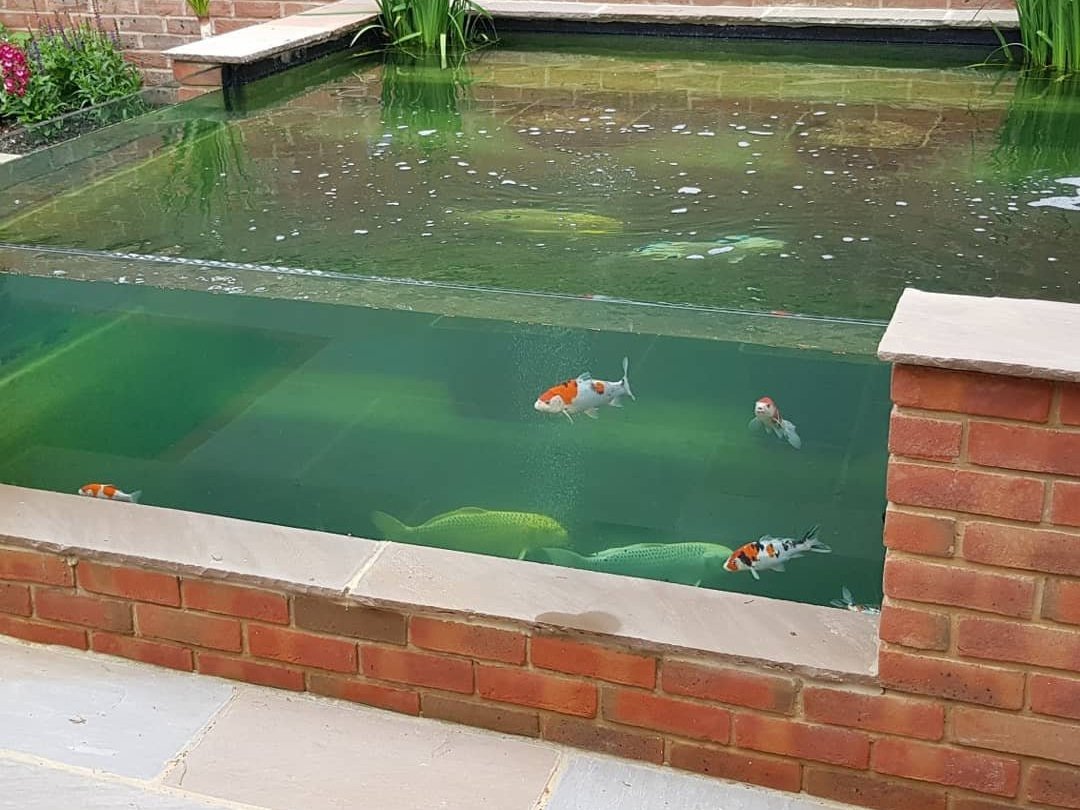
Understanding Koi Behavior and Communication
Tips on how to better understand your Koi
Koi are fascinating creatures that are often kept in ponds as pets. They are known for their bright colors and playful personalities, and for being intelligent and social creatures. As a koi pond owner, it’s important to understand the unique behaviors and communication styles of koi so you can better read and respond to them. In this article, we’ll explore the various behaviors and communication styles of koi and provide tips on how to better understand your fish.
Koi Behavior
Koi are social creatures that enjoy being in the company of others. They will often school together, swimming and playing in a group. You may also observe your koi greeting each other, which is a sign of their social nature. When a koi greets another fish, it will swim towards it and nudge its head. This is a sign of respect and recognition.
In addition to socializing with each other, koi also have unique individual personalities. Some koi may be more aggressive, while others may be more passive. These personality traits will also affect their behavior in the pond. For example, an aggressive koi may swim to the front of the pack and take food first, while a passive koi may wait its turn.
Koi also have various feeding behaviors. For example, they may uproot plants in search of food, and they may become aggressive when feeding, trying to protect their food from other koi. These behaviors are normal and should not be a cause for concern.
Communication
Koi communicate with each other through body language, sounds, and touch. When koi are happy and relaxed, they will swim gracefully, with their fins extended. However, when they are stressed or frightened, they will swim quickly, with their fins close to their bodies. This change in behavior is a sign that your koi are feeling stressed and need a more relaxed environment.
In addition to body language, koi also make sounds. These sounds are usually low-pitched grunts or croaks, and are made when the fish are excited or upset. For example, if a koi is being chased by another fish, it may make a loud, grumpy sound to warn the other fish to back off.
Finally, koi also communicate through touch. For example, when two koi are greeting each other, they may nudge each other with their heads. This is a sign of recognition and respect, and is an important part of koi communication.
Tips for Understanding Koi
To better understand your koi, it’s important to observe their behavior and communication styles. Here are some tips to help you:
-
Observe your koi regularly. Take the time to watch your koi, paying attention to their behavior and body language. This will help you to better understand their individual personalities and to recognize when they are happy, stressed, or frightened.
-
Pay attention to sounds. Koi make sounds to communicate, so listen closely to your koi when they are in the pond. This will help you to understand their emotions and to respond to them appropriately.
-
Provide a stress-free environment. If your koi are exhibiting signs of stress, it’s important to take steps to create a more relaxed environment for them. This may include changing the water conditions, providing more hiding places, or reducing the number of fish in the pond.
-
Respond appropriately. If your koi are happy and relaxed, there is no need to do anything. However, if they are stressed or frightened, it’s important to respond appropriately. This may include changing the water conditions, providing more hiding places.
Matthew Adlington





